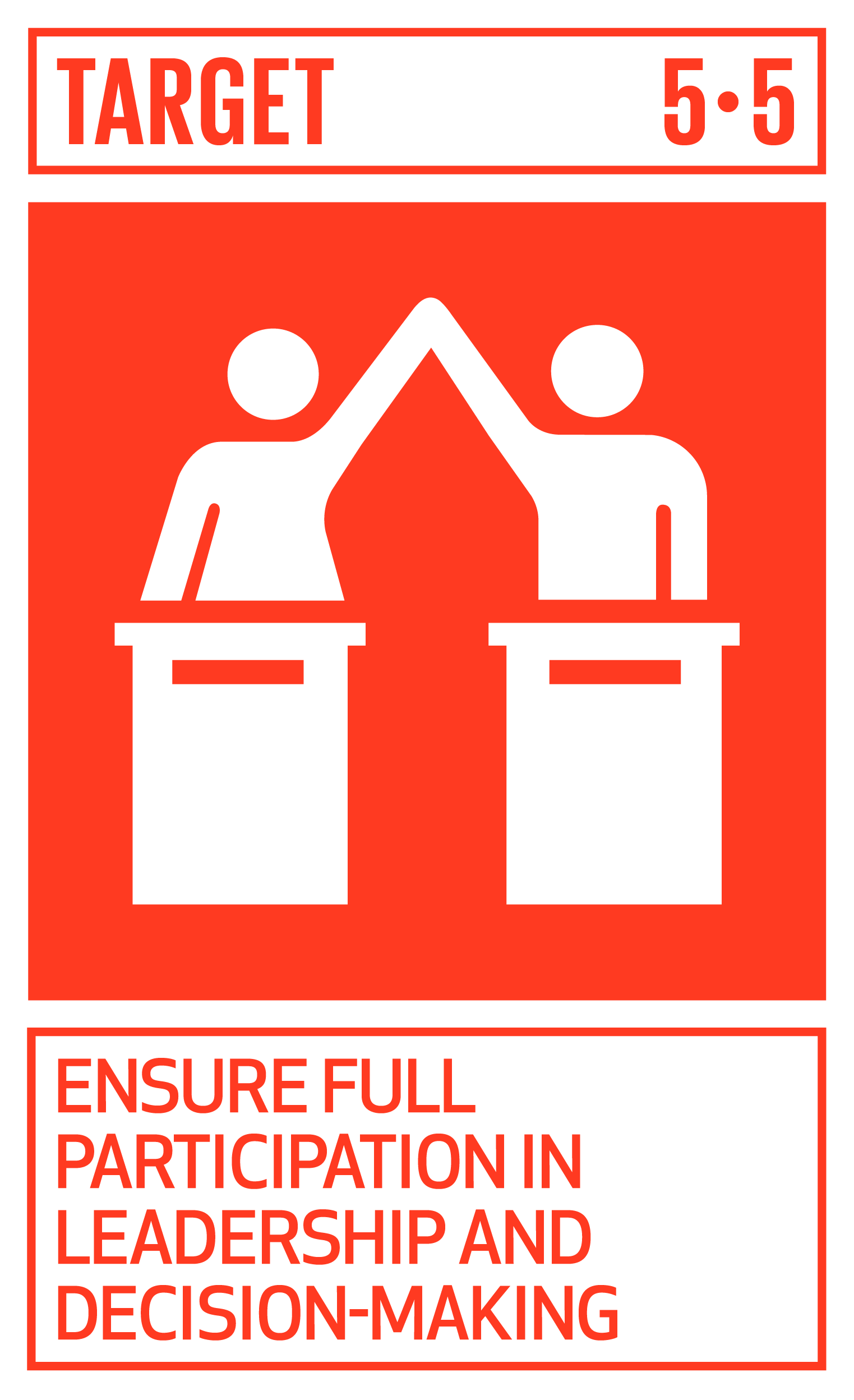 Ensure full participation in leadership and decision-making.
Ensure full participation in leadership and decision-making.
When women lead, outcomes are often better than when women are not in decision-making roles. One of the key indicators for this target is the percentage of companies in any given country with a female as the top manager, and the share of middle or senior management positions filled by a female. Here, companies play a central role in achieving gender equality.
What you can do “in advocacy” to ensure full participation in leadership and decision-making:
- Advocate for:
- Mandatory gender-equal hiring practices
- Gender-equal boards and executive teams
- Legal protection for whistleblowers
- Engage in the community
Look for ways to influence positive gender outcomes in the communities where your company works. This may include partnering with local non-profits and engaging family members of your employees. Efforts to build women’s skills, capabilities, and access to resources so they are better enabled to make decisions, both productive decisions and household decisions, and fully participate in economic activity, are vital to increasing the number of women in leadership roles.
Case Studies
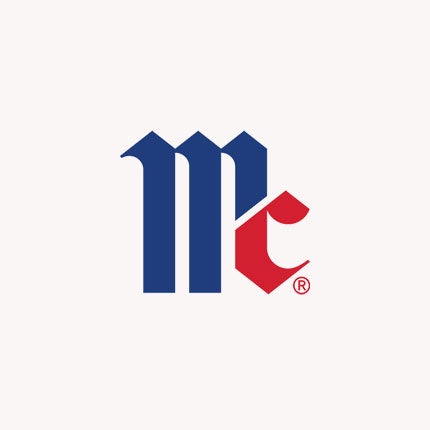 McCormick
McCormick
McCormick & Company, a global leader in flavor, launched their Purpose-led Performance (PLP) sustainability strategy in 2017 with a commitment to improving the lives of people, communities, and the planet, but more specifically, the Company aims to increase the resilience of farmers, including women, across their global supply chains. To achieve this, McCormick partnered with CARE to (1) diagnose the roles that women played in their supply-chains; the challenges they face, and the risks these pose to resilience; (2) design a global framework to increase resilience and achieve its PLP goals, including increasing the resilience of women in their supply-chain; (3) deliver programming that supports communities, including in COVID-19 response; and (4) document the impact of this work so that McCormick can make strategic business decisions around resources and understand what is improving, where and how. Through a deep dive into McCormick’s supply chain, CARE developed a dashboard that allows McCormick to clearly see the risks that women face, and make effective resource-allocation decisions accordingly, that deliver on their PLP goals.
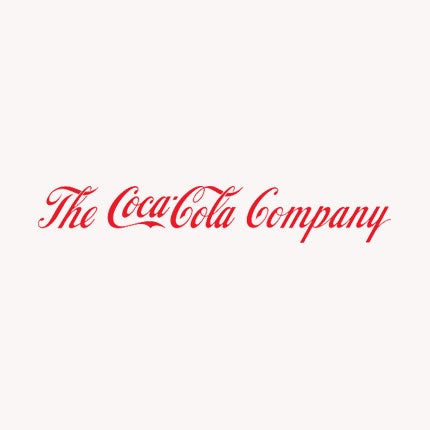 The Coca-Cola Company
The Coca-Cola Company
The Coca-Cola Company (TCCC) strives for a gender-balanced workplace. The Company believes that investing in and empowering women not only directly benefits them, but also its business and its communities. According to publicly available statistics, companies in the top quartile for gender diversity on executive teams are 21% more likely to outperform on profitability. TCCC has an aspiration to be 50% driven by women and focuses on growing and developing female leadership and its female workforce overall. To make progress, the Company has leaned into a number of initiatives:
In 2007, TCCC started a Global Women’s Leadership Council (GWLC), comprised ofwomen and men executives, that focused on accelerating the development and promotion of women into roles of increasing responsibility and influence. The GWLC did this through actions across 3 pillars:
- Sponsorship: A sponsorship program for female leaders matched to Executive Leadership Team members including the CEO.
- Pipeline: Launching the Women in Leadership program, a global System program designed to accelerate the leadership capabilities of women in the pipeline at mid-level positions. More than 850 female employees to date have participated in the program.
- Bias Awareness: In order to help foster an inclusive culture and to engage men as allies in the pursuit of our diversity and inclusion aspirations, The Coca-Cola Company expanded the GWLC to include women and men.
The Company also established a Women’s LINC Business Resource Group (BRG), designed to engage employees in support of our gender diversity and inclusion priorities, with a mission to empower women to lead, inspire and connect. The BRG now has approximately 1,500 members in the U.S., and there also several other chapters around the world.
TCCC’s efforts have included gender-neutral paid parental leave and committing to paying all associates fairly and equitably. The company has been conducting pay equity analyses (with regard to gender and race/ethnicity) in the U.S. for the Corporate function for several years. In 2019, it extended the pay equity analysis for gender globally across all business units (now operating units) of the company, as well as employees of Coca-Cola North America. Between 2017 and September 2020 women in senior leadership roles globally in the Company increased 2.4% from 31.4% to 33.8%. In 2020, four new North America Operations Zone Presidents were appointed – all were qualified women.
Coca-Cola Women in STEM (CWIS) is an internal organization dedicated to contributing to the talent pipeline at The Coca-Cola Company by raising awareness of STEM (Science, Technology, Engineering and Math) opportunities in the community, and by empowering, educating and inspiring the women of Coca-Cola to excel in leadership under the STEM umbrella. CWIS has about 5000 members and reaches thousands of middle/high school and college students each year though STEM events and scholarships.

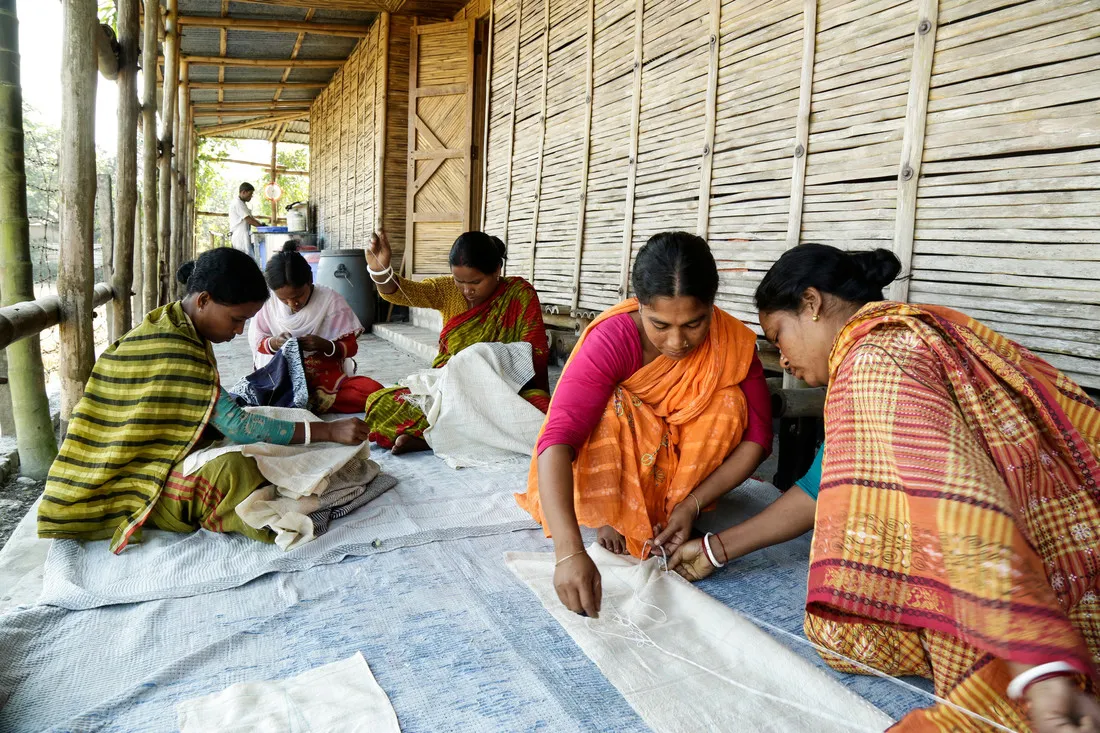
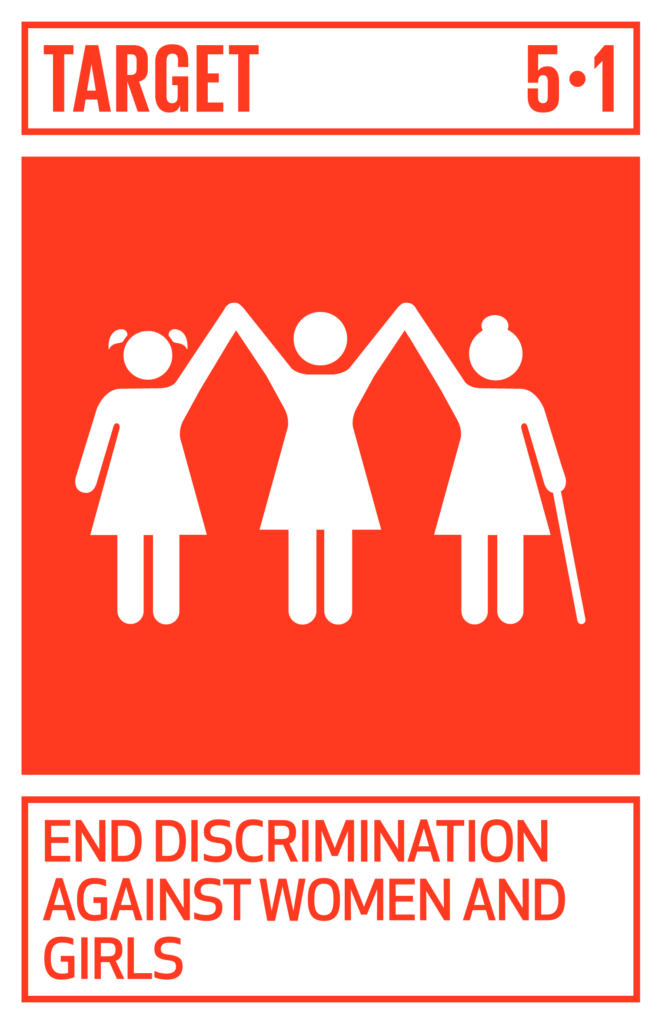 End all forms of discrimination against women and girls everywhere.
End all forms of discrimination against women and girls everywhere.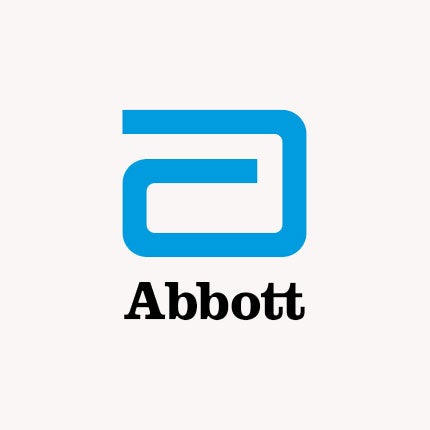 Abbott
Abbott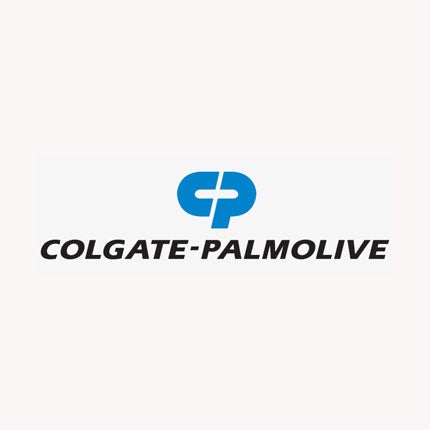 Colgate-Palmolive Company
Colgate-Palmolive Company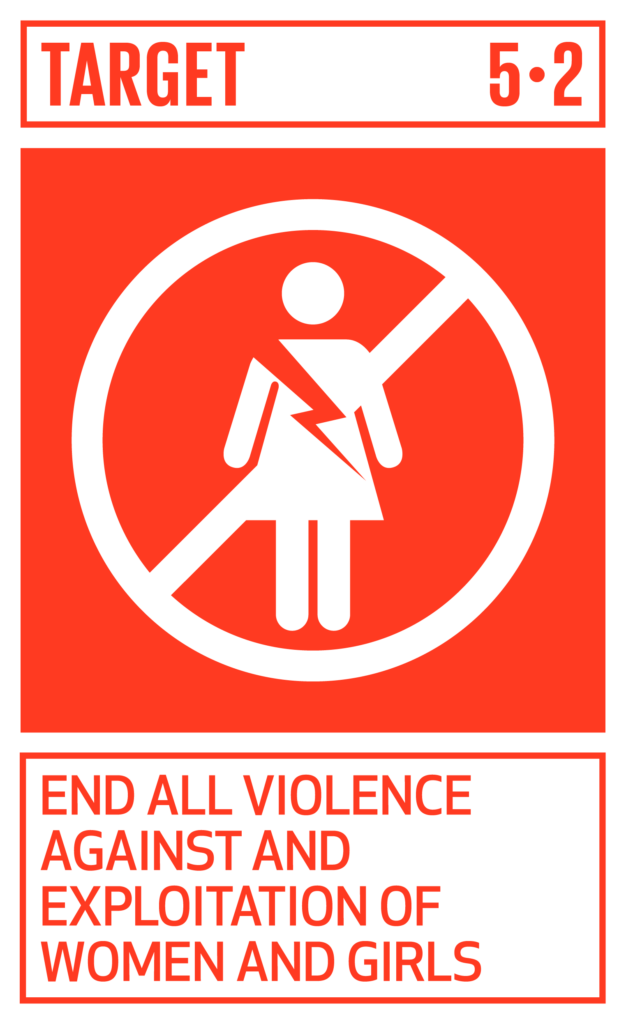 End all violence against and exploitation of women and girls.
End all violence against and exploitation of women and girls.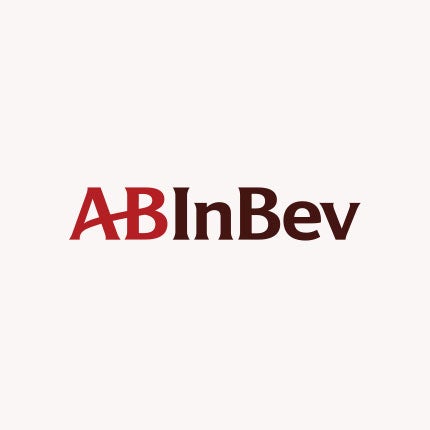 AB InBev
AB InBev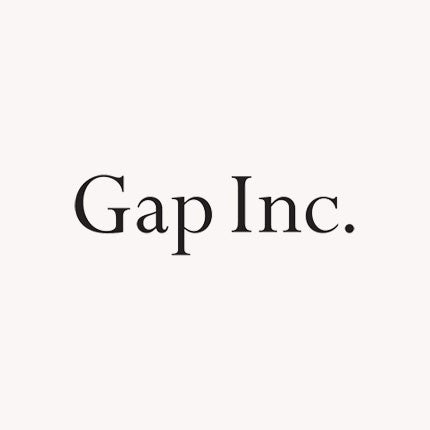 Gap Inc.
Gap Inc.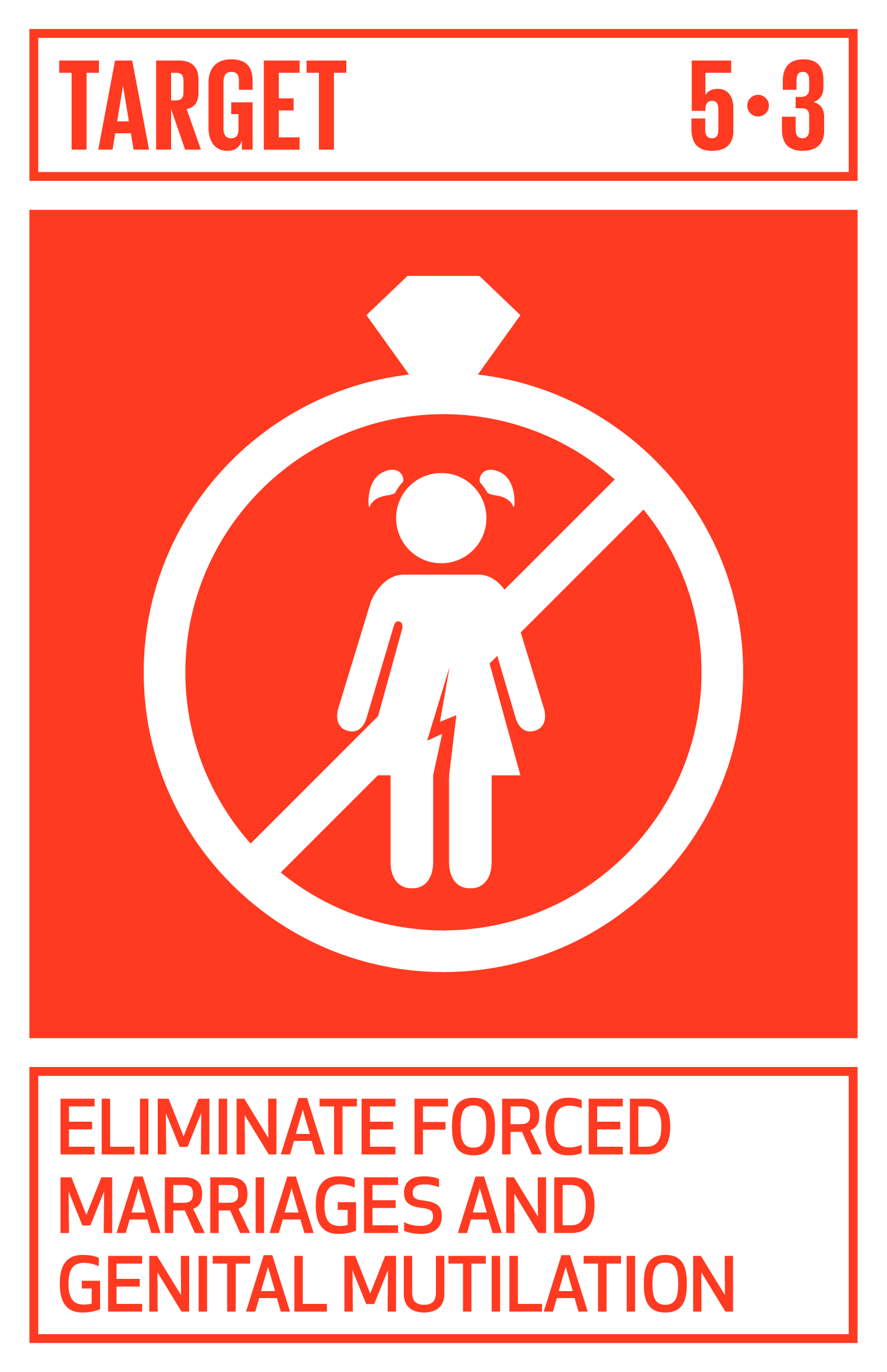 Eliminate all harmful practices, such as child, early and forced marriage and female genital mutilation.
Eliminate all harmful practices, such as child, early and forced marriage and female genital mutilation.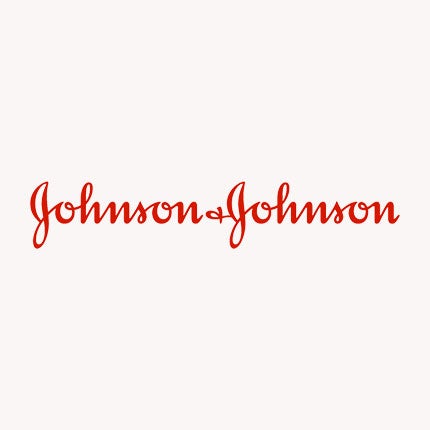 Johnson & Johnson
Johnson & Johnson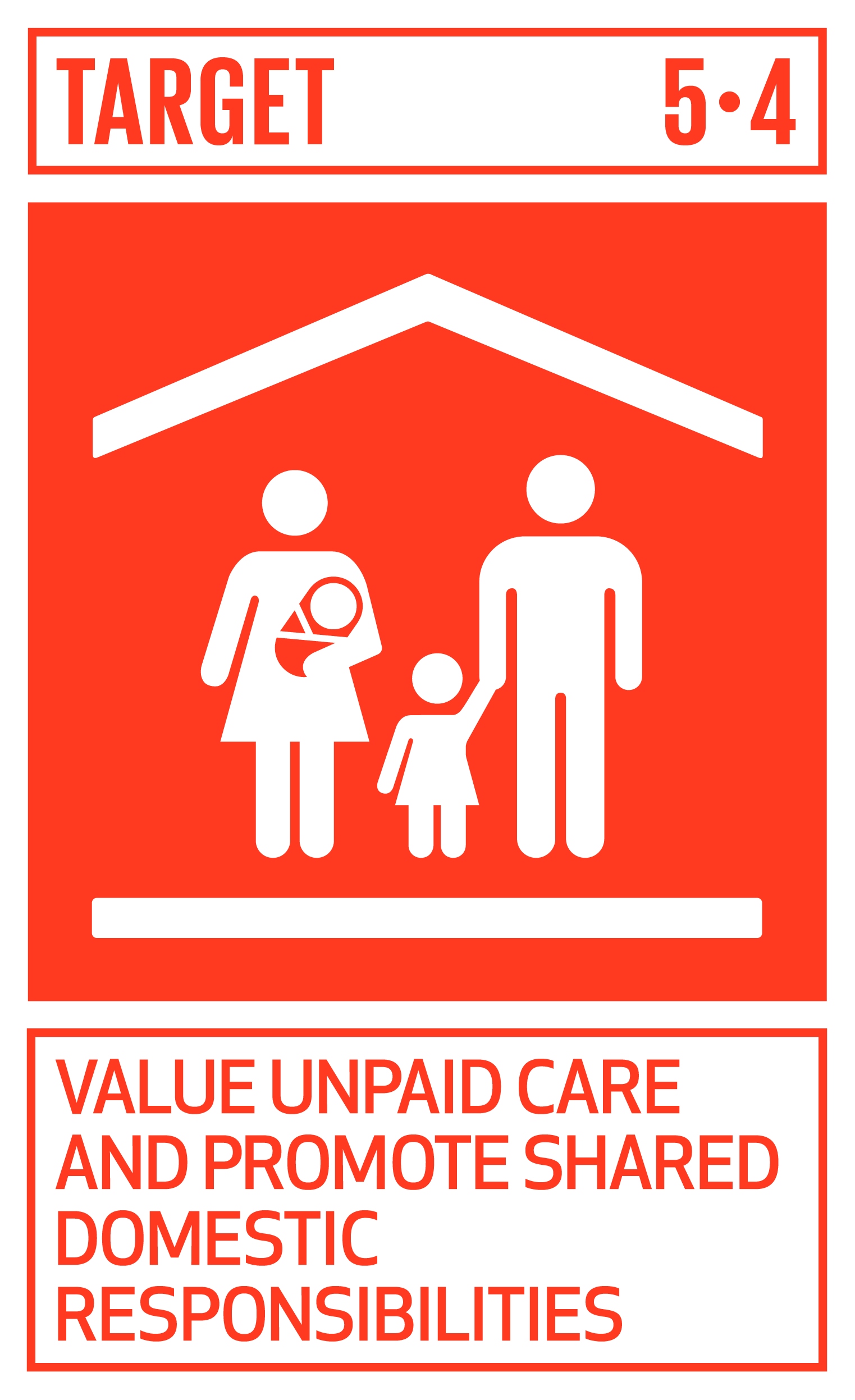 Value unpaid care and promote shared domestic responsibilities.
Value unpaid care and promote shared domestic responsibilities.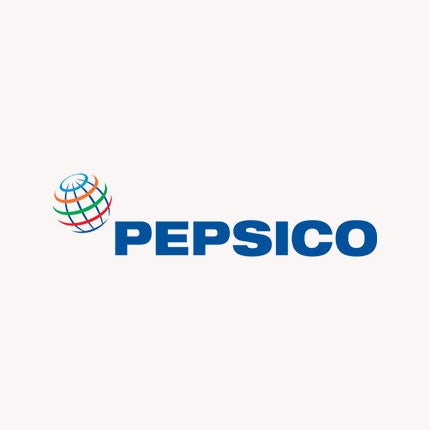 PepsiCo
PepsiCo Ensure full participation in leadership and decision-making.
Ensure full participation in leadership and decision-making. McCormick
McCormick The Coca-Cola Company
The Coca-Cola Company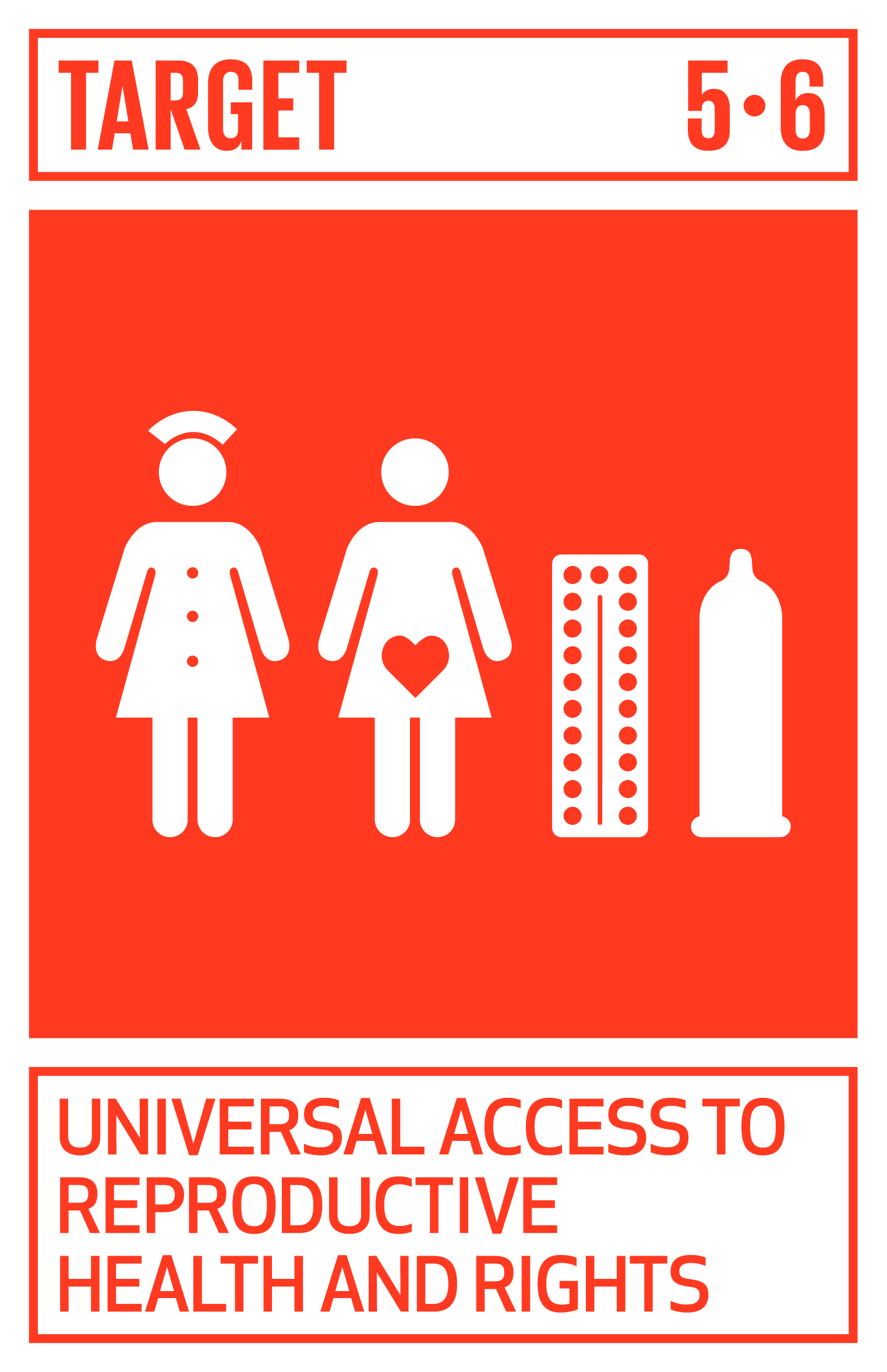 Universal access to reproductive rights and health.
Universal access to reproductive rights and health.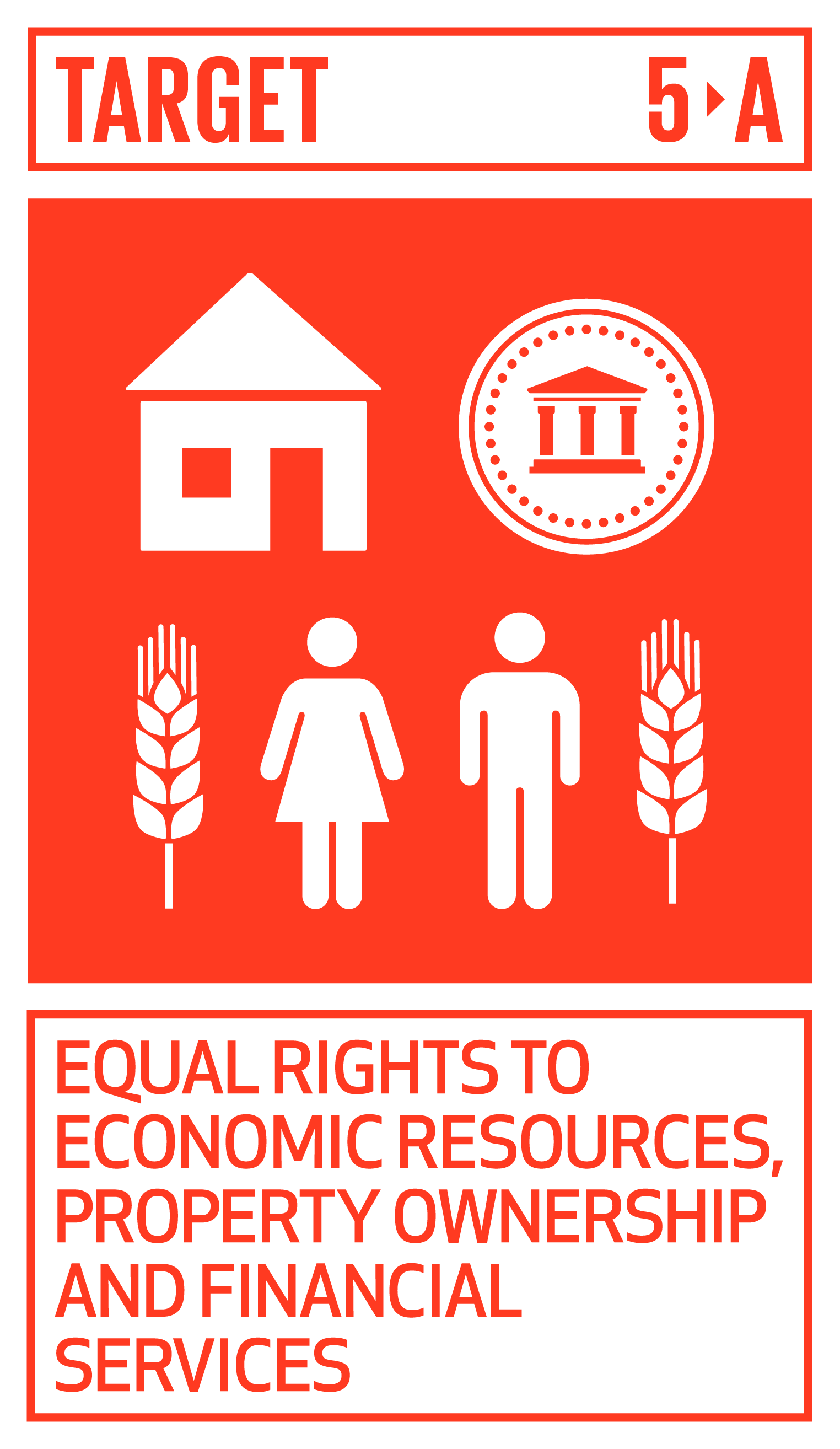 Equal rights to economic resources, property ownership and financial services.
Equal rights to economic resources, property ownership and financial services.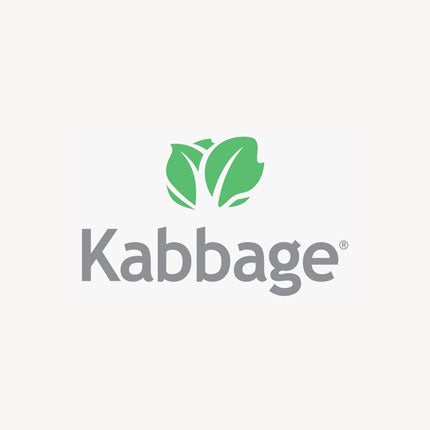 Kabbage
Kabbage Mastercard
Mastercard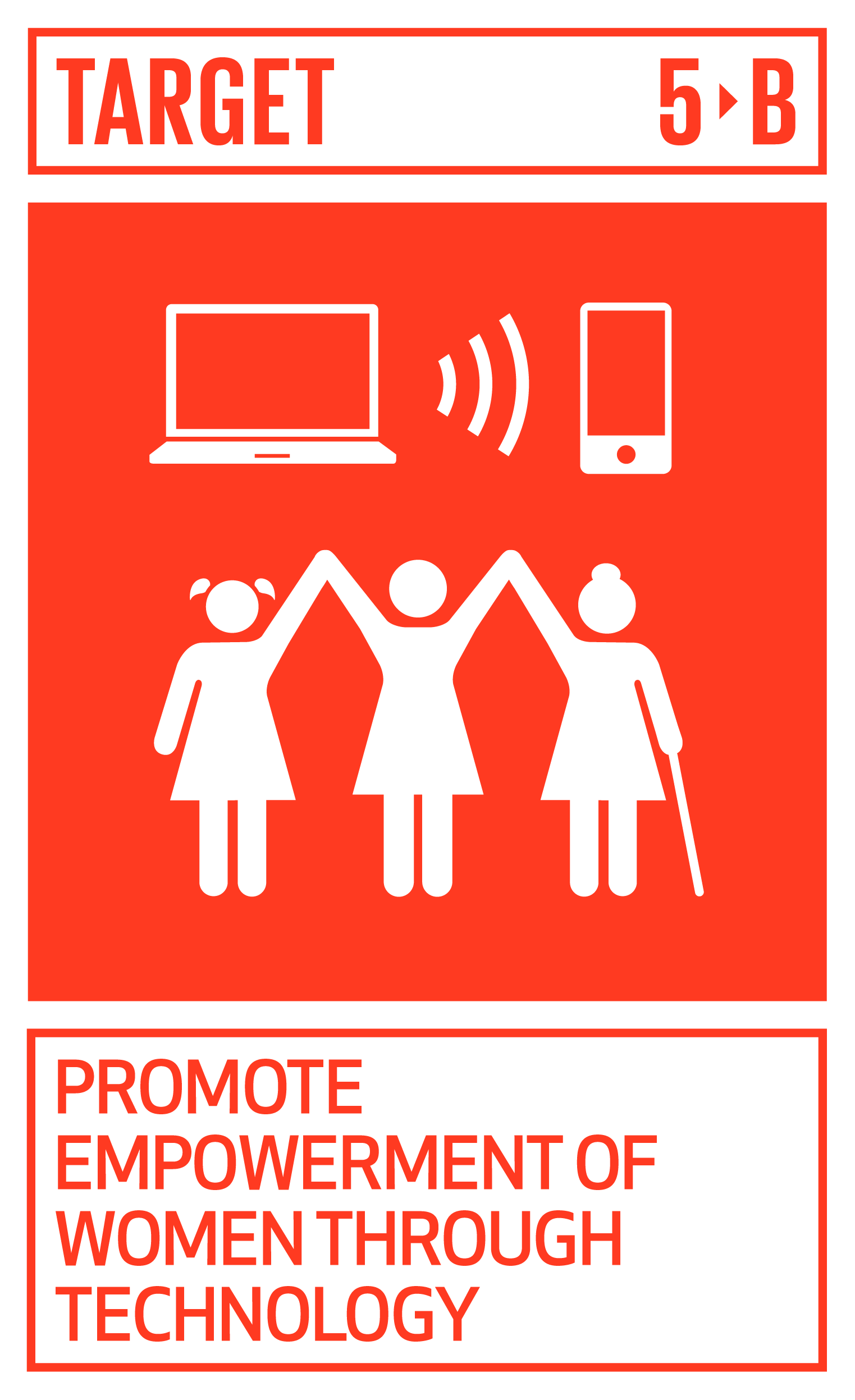 Promote empowerment of women through technology.
Promote empowerment of women through technology. Microsoft
Microsoft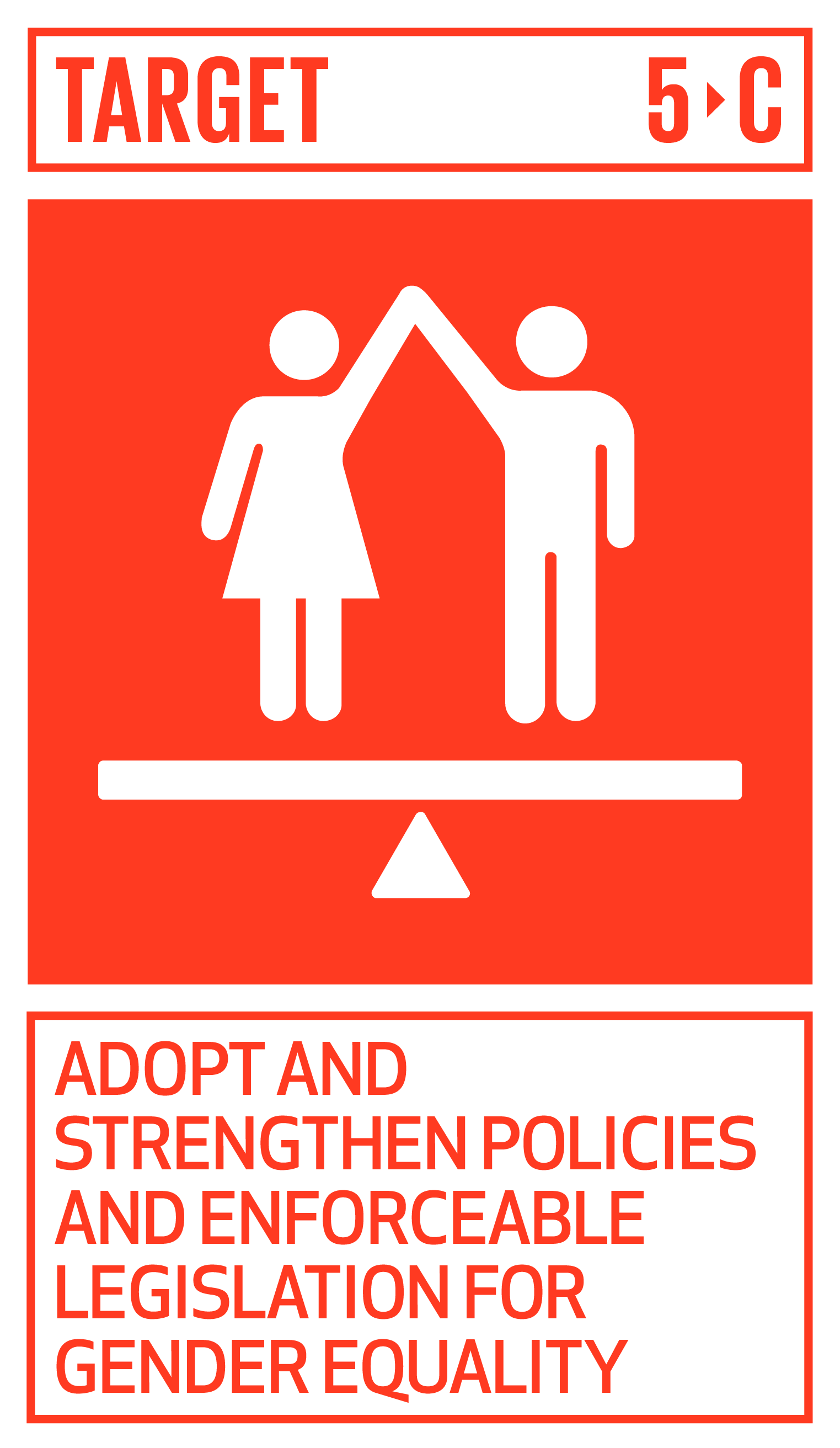 Adopt and strengthen policies and enforceable legislation for gender equality.
Adopt and strengthen policies and enforceable legislation for gender equality.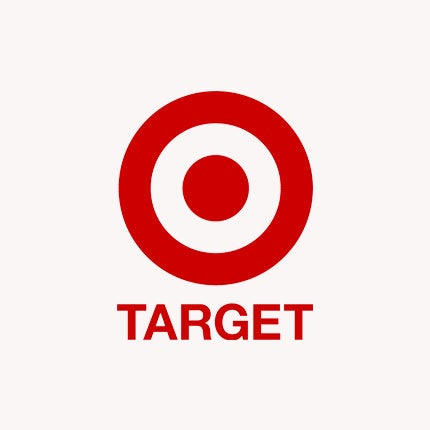 Target
Target